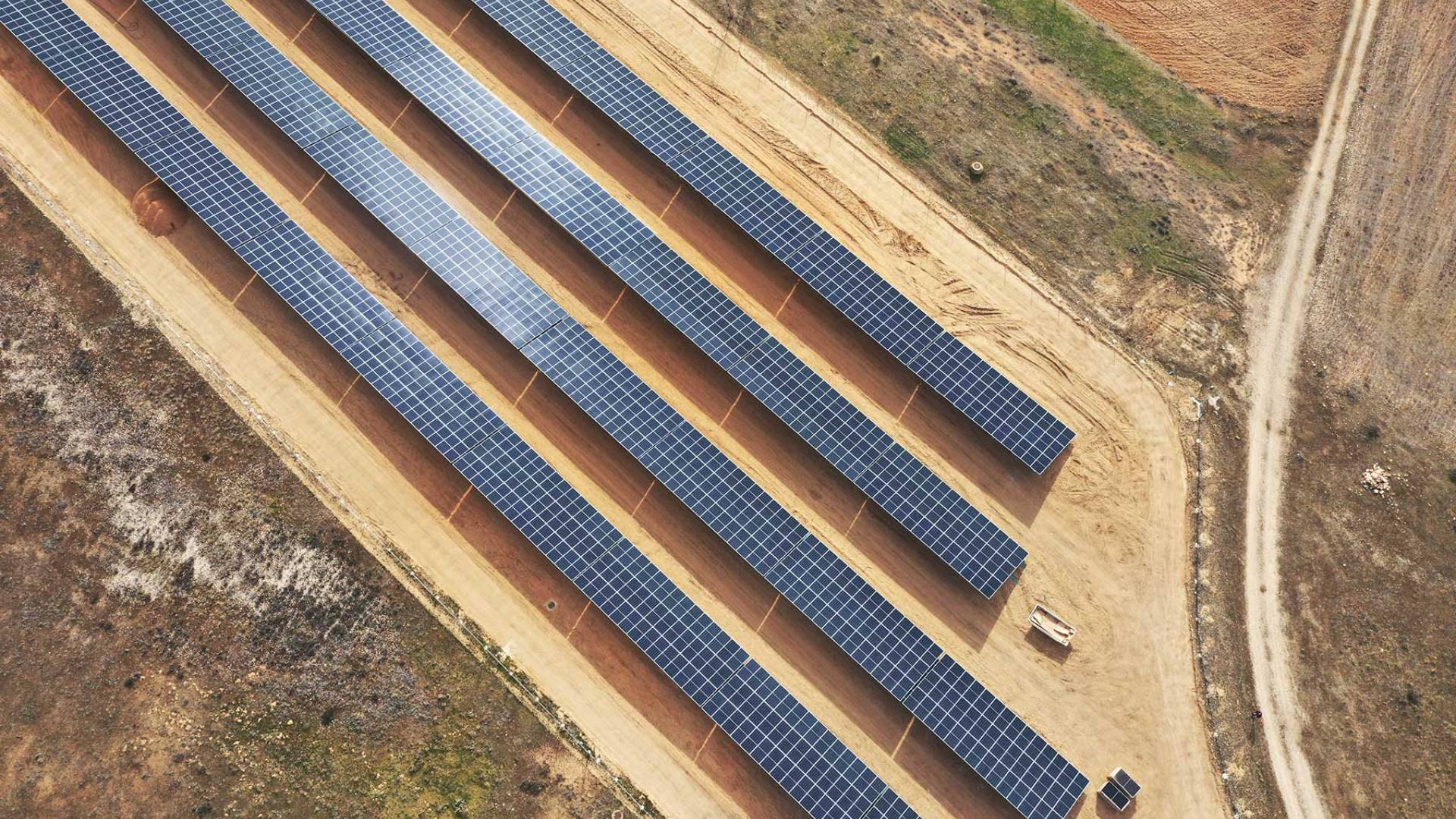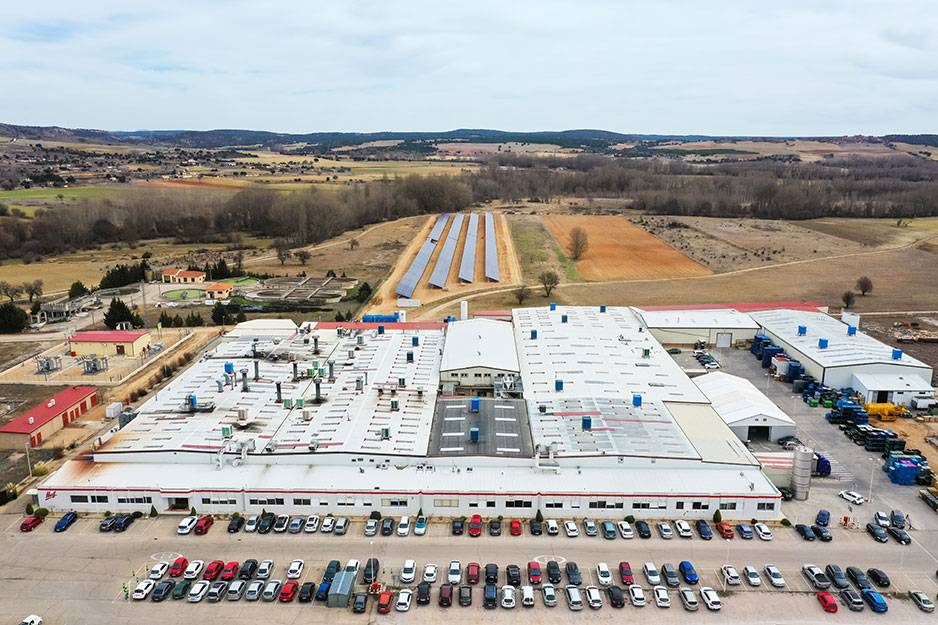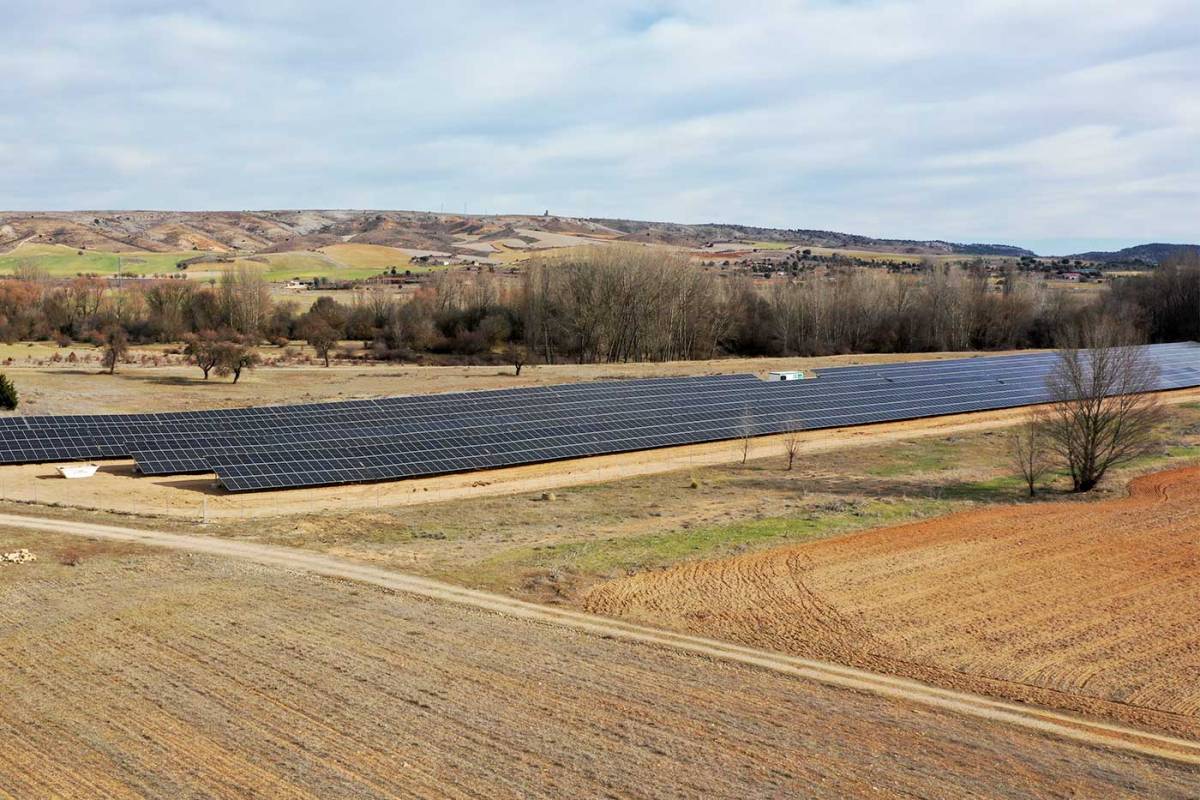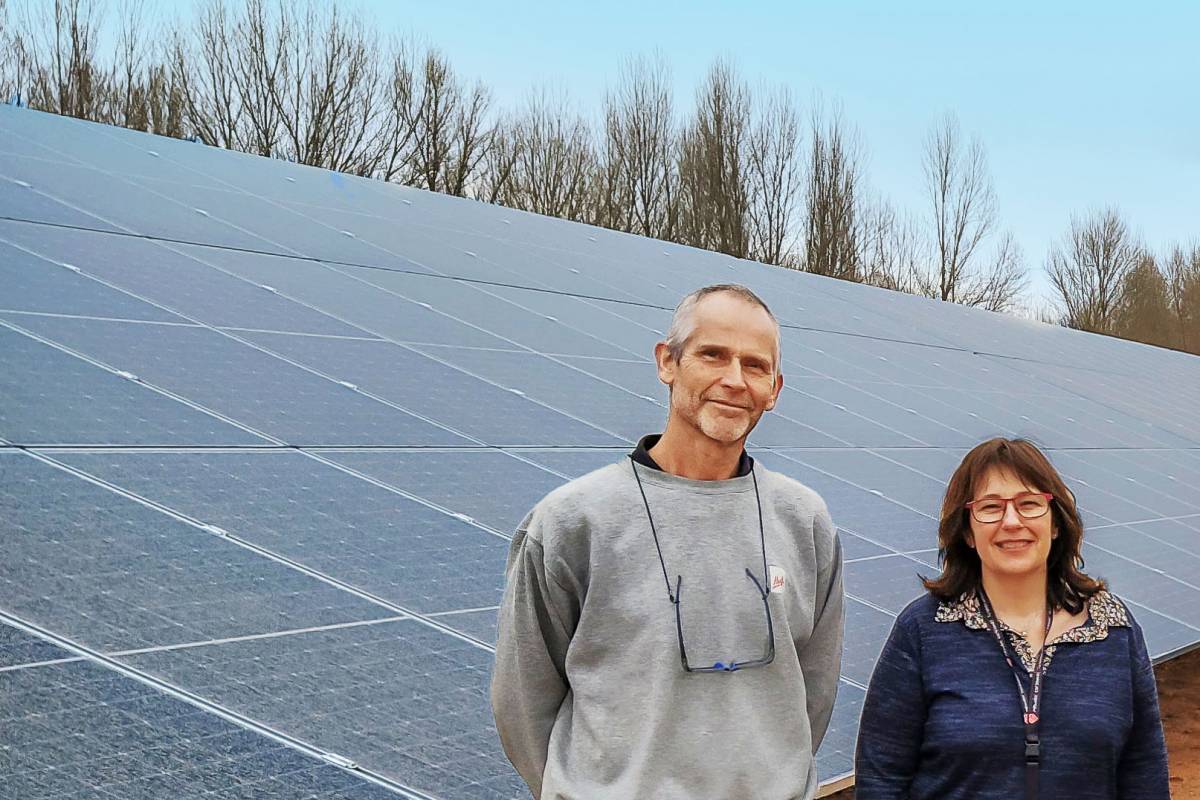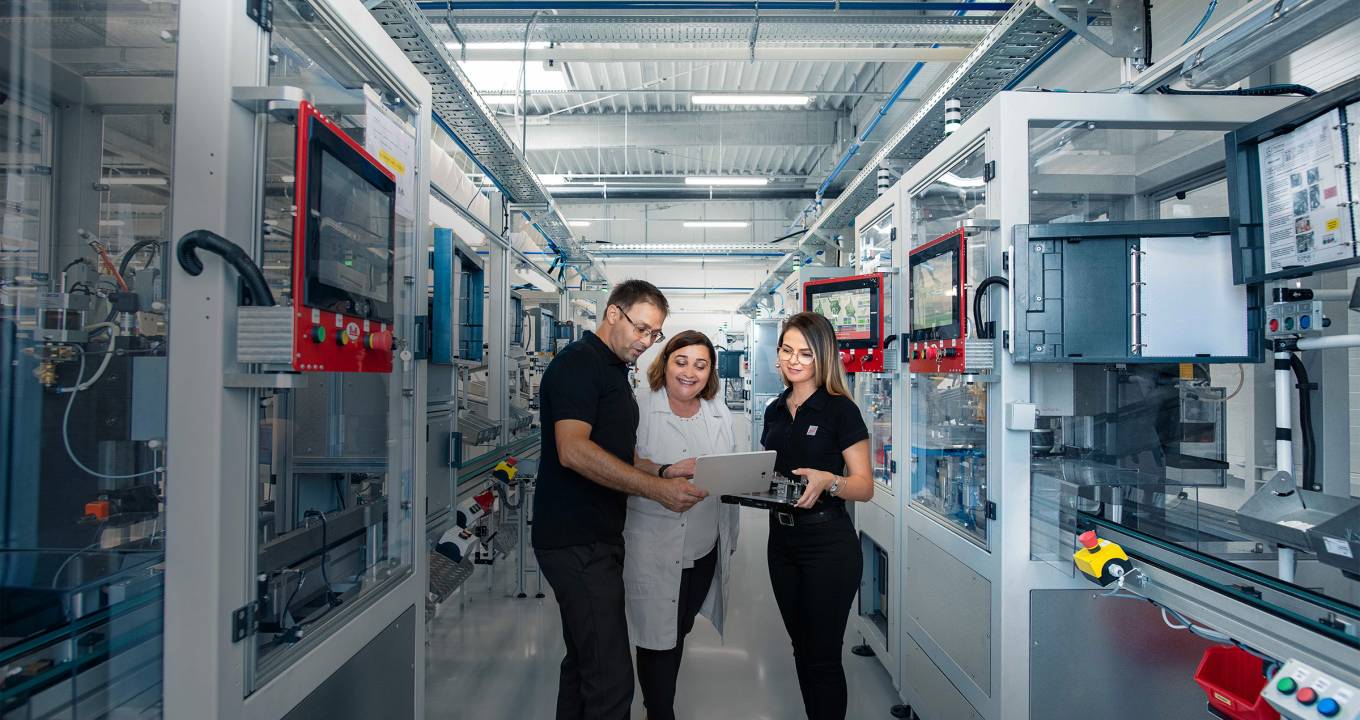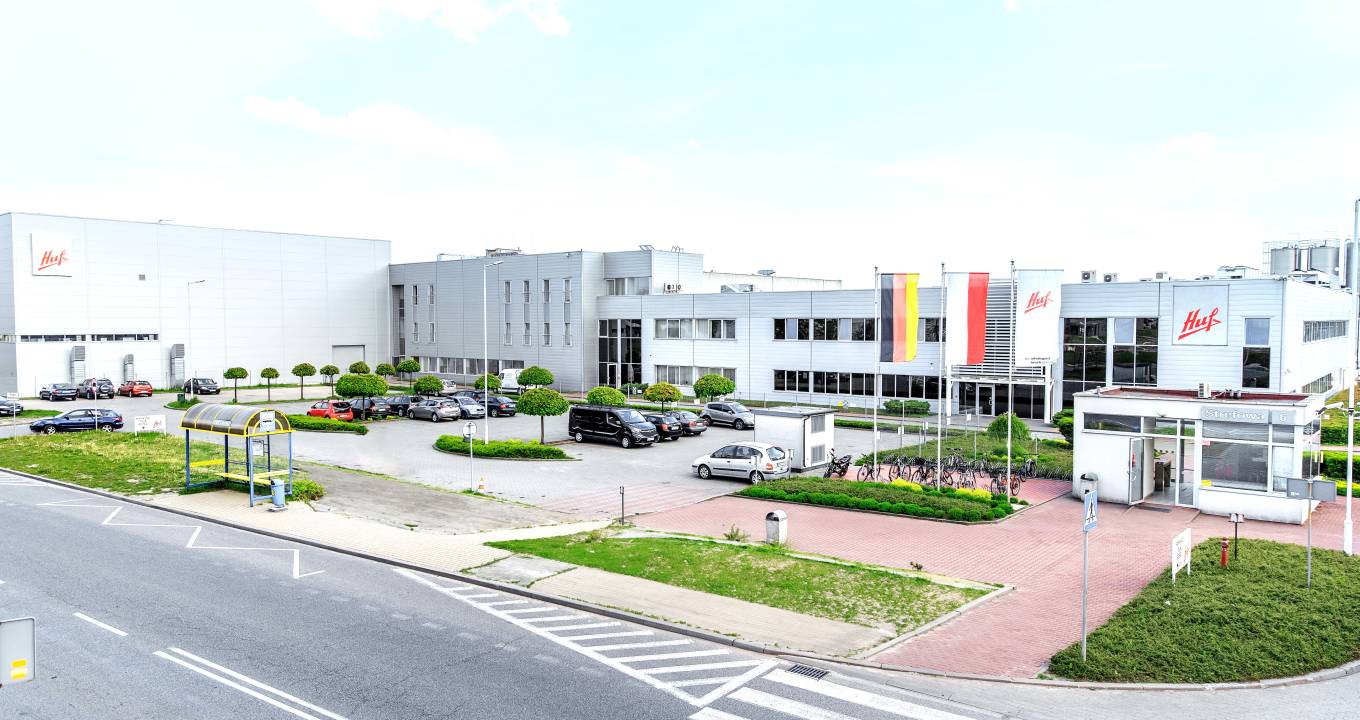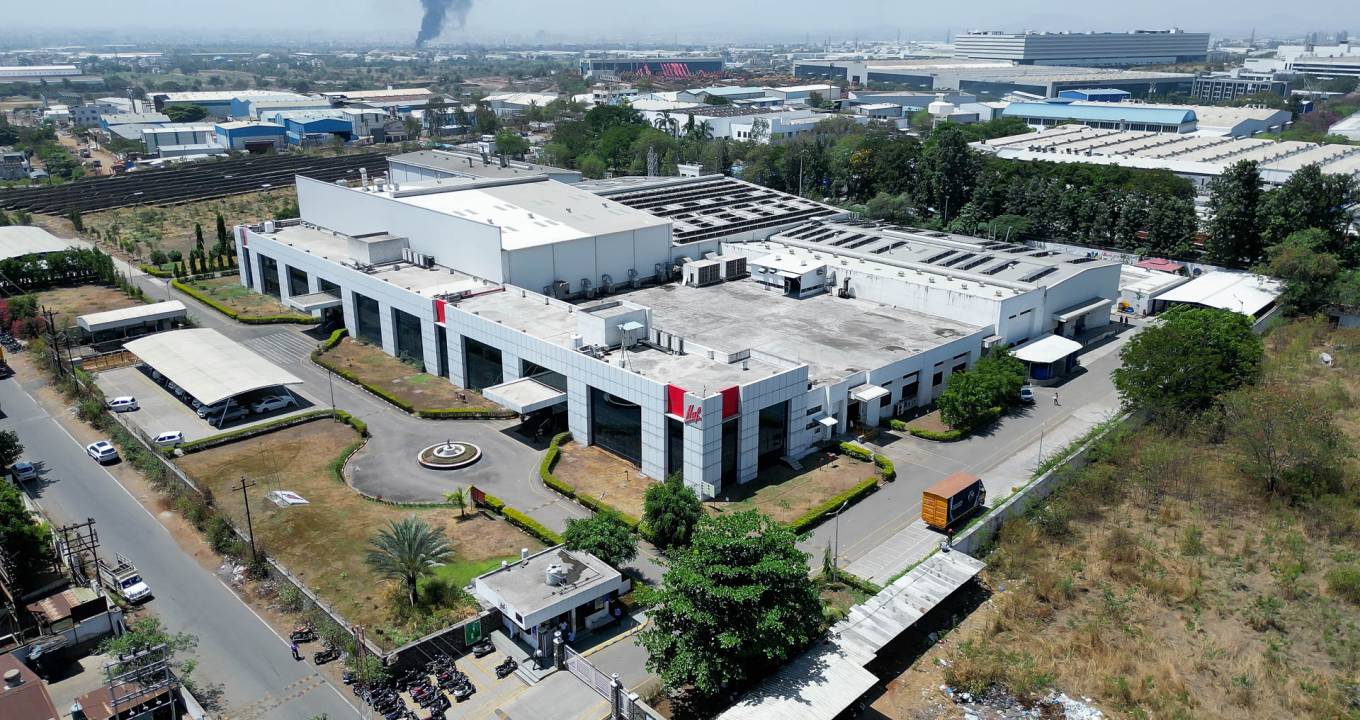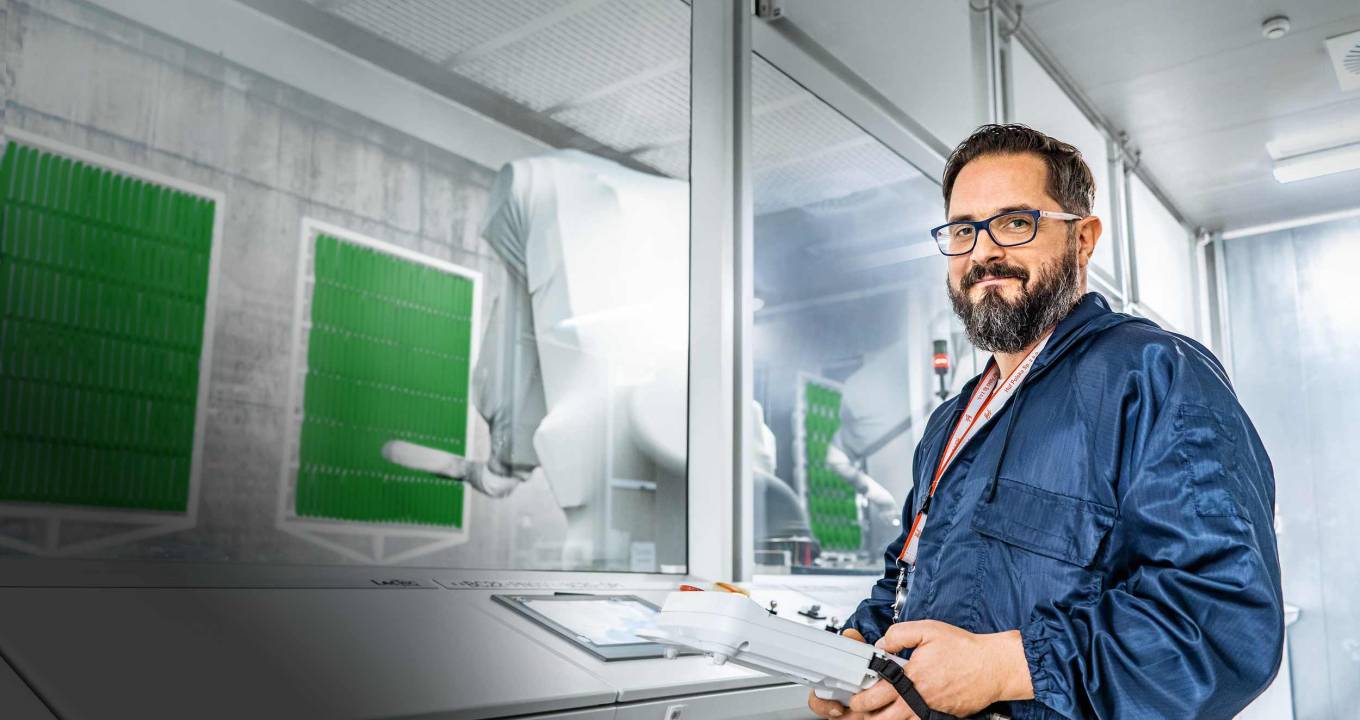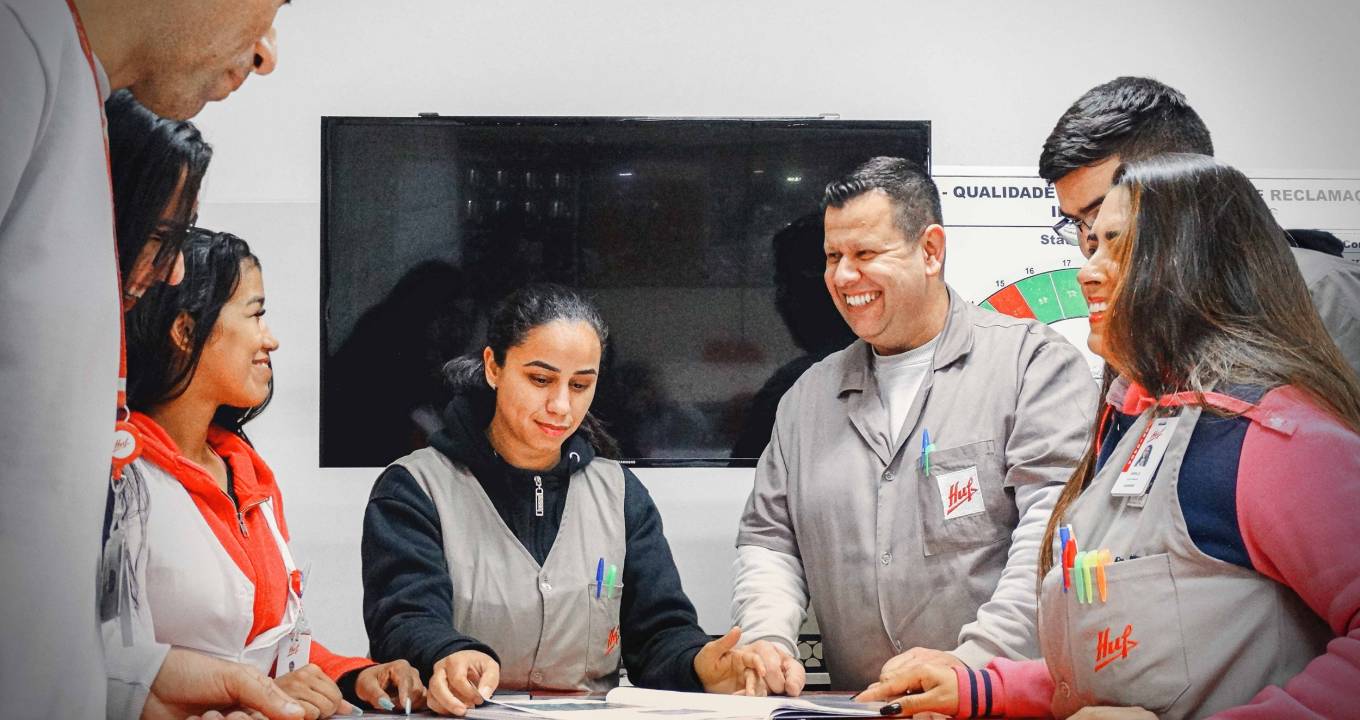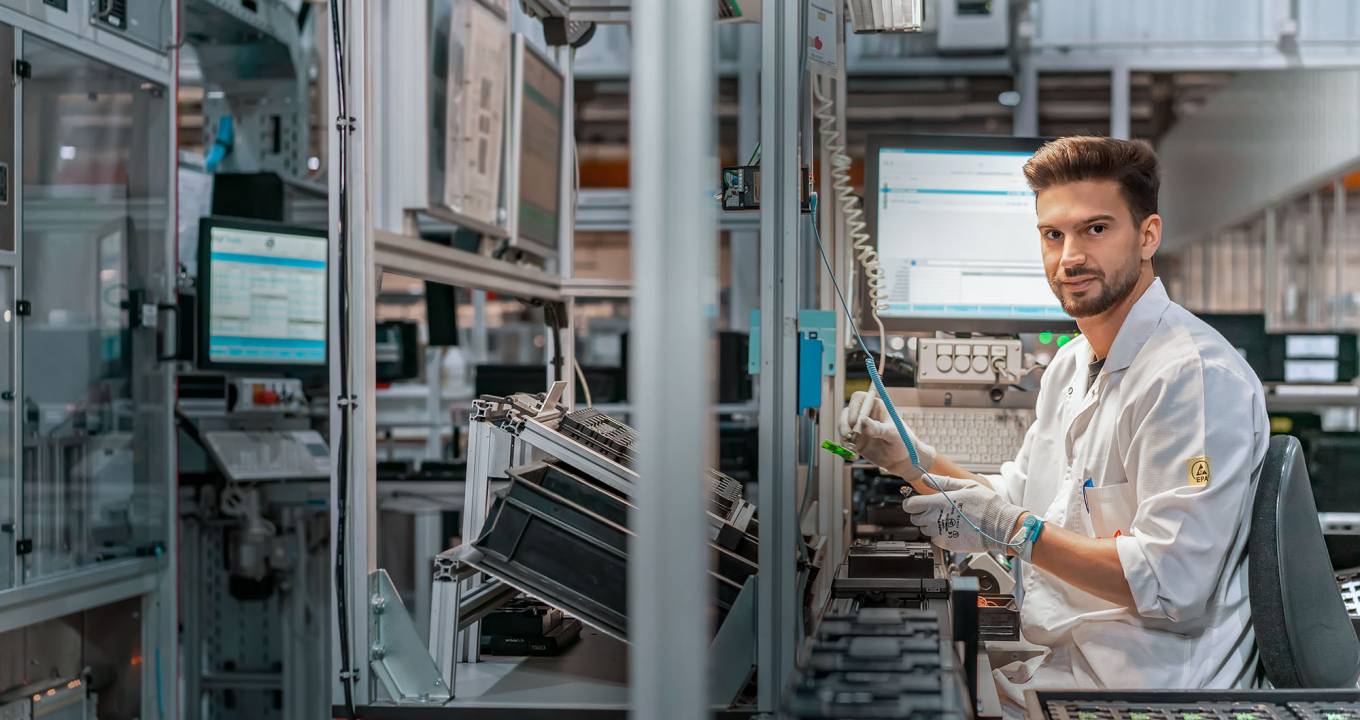“Spain is one of the worldwide forerunners regarding renewable energy and solar power plays a decisive role. Fortunately, there are many providers who offer complete services - from installation to grid feed. We chose Prosolia as a partner to install a solar power plant at our site and provide service,” says project leader Willem Andringa, Process Engineering manager in El Burgo de Osma.
Solar energy: power from the sky
More than 3,200 solar panels were installed on a neighboring field measuring 8,466 square meters. The modules have a nominal output of 1,728 kWp. This generates 2,100 MWh of electricity per year. “Our new solar plant has started to deliver energy in March 2022, and it will cover a considerable part of our electricity demand per year,” Andringa explains.
